Reliable Expansion Tank Services to Support Your Plumbing System
Expansion tank installations are essential components of plumbing and heating systems, helping to accommodate thermal expansion and maintain system pressure. Proper installation ensures system efficiency and longevity, making it a critical service for residential and commercial properties.
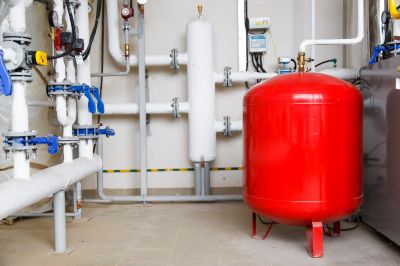
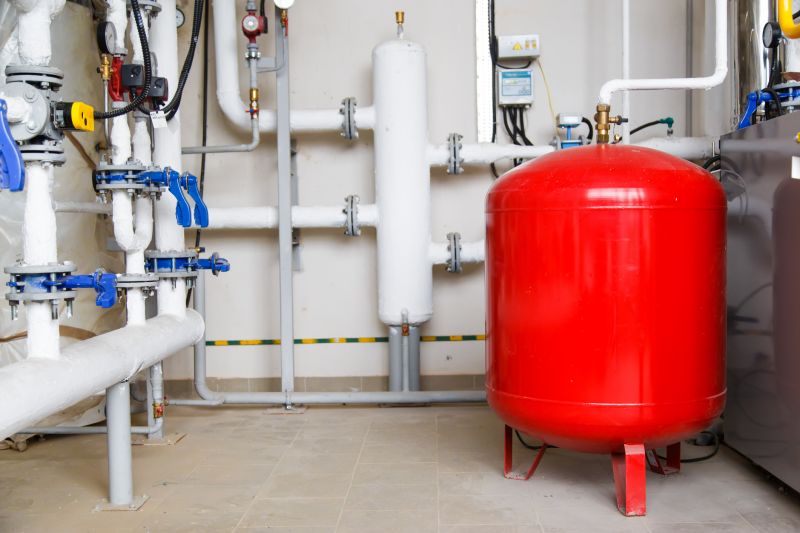

Different types of expansion tanks include bladder, diaphragm, and indirect tanks, each suited for specific system requirements and installation environments.
Correct installation of expansion tanks helps prevent system pressure issues, reduces the risk of leaks, and extends the lifespan of plumbing components.
The process involves selecting the appropriate tank size, positioning it correctly, and connecting it securely to the plumbing system following manufacturer guidelines.
Expansion tanks are typically installed near water heaters, boilers, or in main plumbing lines to effectively manage pressure fluctuations.
| Aspect | Details |
|---|---|
| Tank Types | Bladder, Diaphragm, Indirect |
| Typical Sizes | 2 to 50 gallons |
| Installation Locations | Near water heaters, boilers, main lines |
| Materials Used | Steel, fiberglass, plastic |
| Maintenance Needs | Periodic inspection for leaks or corrosion |
| System Compatibility | Designed to work with various heating and plumbing systems |
| Benefits | Prevents pressure buildup, extends system life |
| Common Issues Addressed | Water hammer, pressure fluctuations |
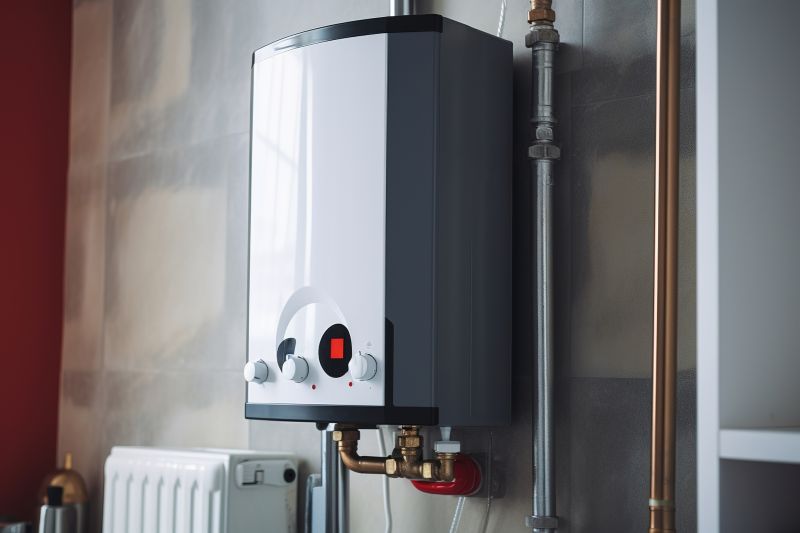
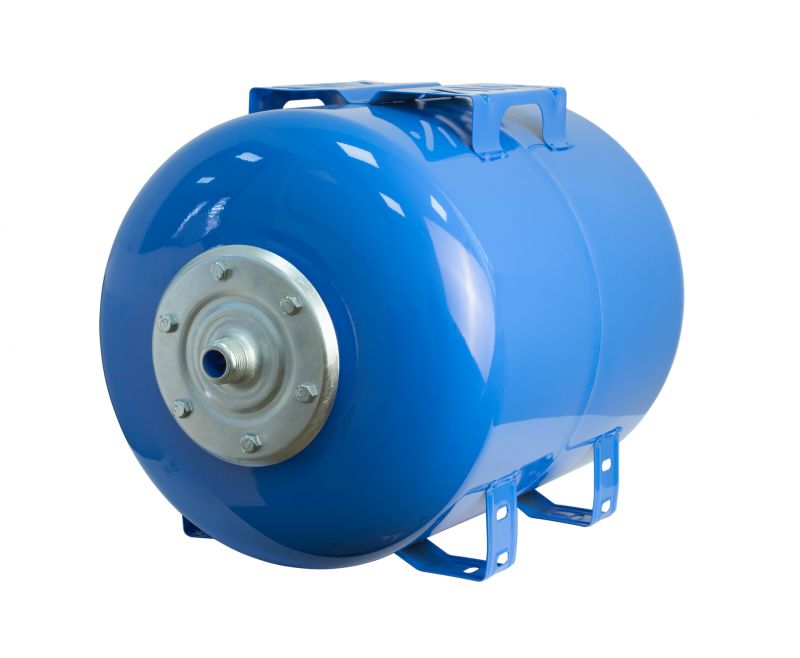
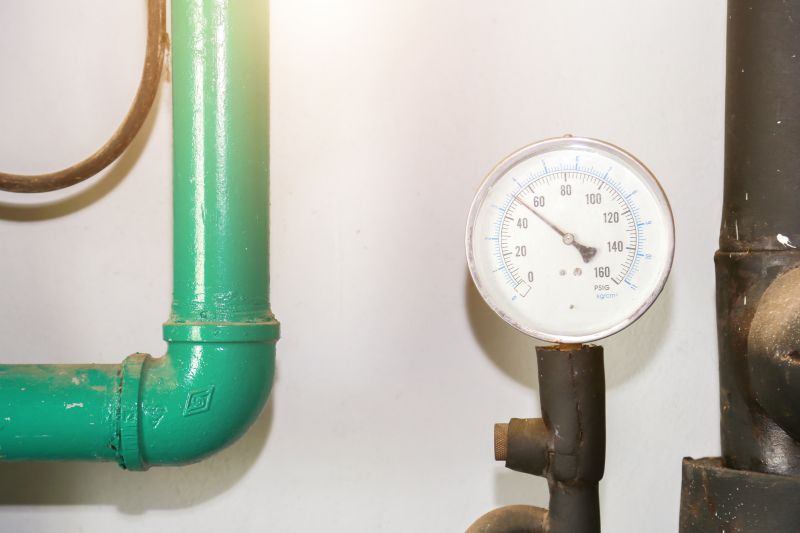
Late November and early December are ideal times to explore discounts on expansion tank installations, as many contractors offer special deals around Black Friday and holiday sales. Asking contractors about holiday discounts can lead to cost savings on installation services and related plumbing work.
Interested in getting a quote for expansion tank installation? Filling out the contact form provides an opportunity to discuss options, receive estimates, and schedule service at a convenient time.
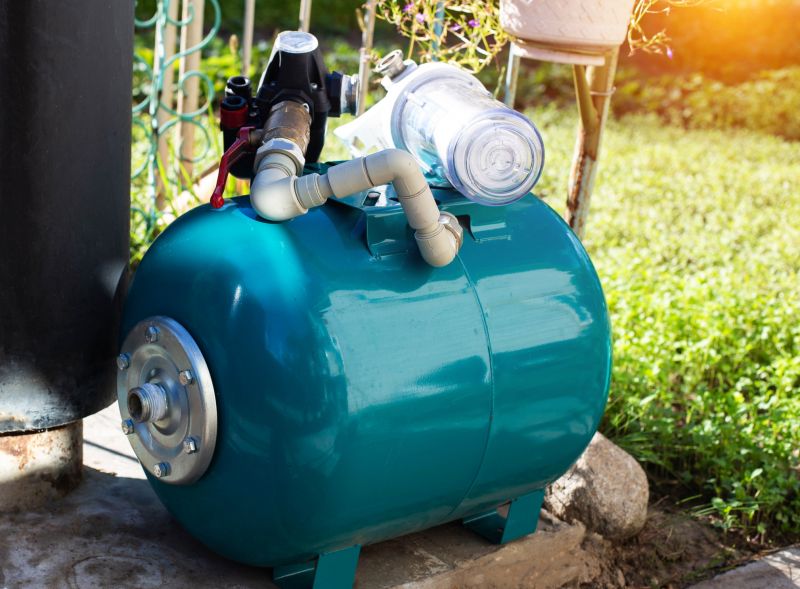
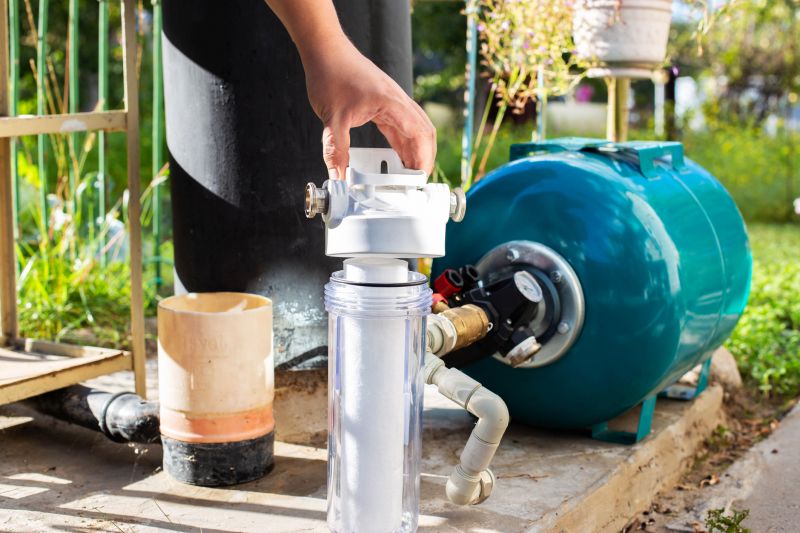
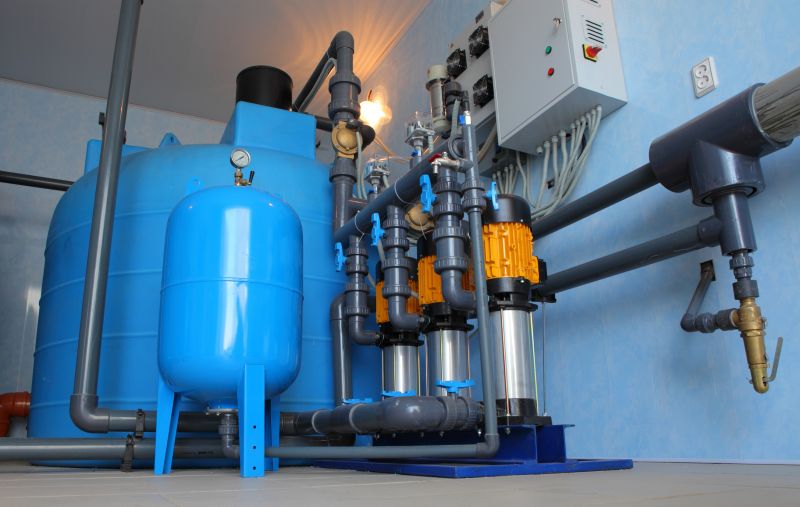
Taking advantage of seasonal discounts can reduce costs and ensure timely installation of expansion tanks, supporting optimal system performance during colder months.
